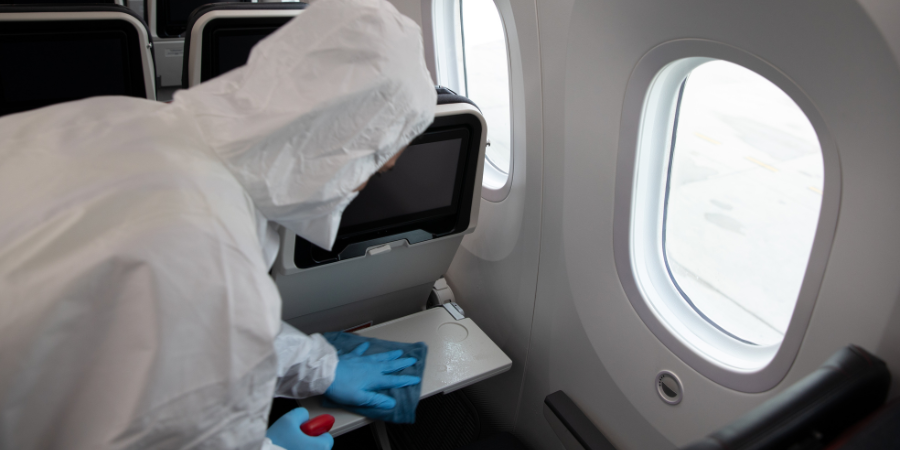

In the wake of a global health crises and the everyday battle against germs, disinfection has become a household term. However, with its rise in popularity, a host of myths have also surfaced, leading to confusion and misinformation. As a leading commercial disinfection company, Clean Grewp is dedicated to not only providing top-notch disinfection services but also to educating the public. Let's debunk some common disinfection myths and replace them with evidence-based facts.
Myth 1: All Cleaning Agents Disinfect
Not all cleaning agents are disinfectants. A cleaner removes dirt and impurities, while a disinfectant kills bacteria and viruses. For a product to be classified as a disinfectant, it must pass certain regulatory tests and be approved by health authorities.
Myth 2: Stronger Smelling Disinfectants Work Better
The strength of a disinfectant's smell is not an indicator of its effectiveness. Some of the most potent disinfectants are odourless. It's the chemical composition and proper application that determine a disinfectant's efficacy, not its scent.
Myth 3: Disinfectants Work Instantly
Disinfectants need time to work. This 'dwell time' varies among products and pathogens. Always read the label for the recommended contact time to ensure that the disinfectant has enough time to be effective against the targeted germs.
Myth 4: More Disinfectant Means Better Results
Using more disinfectant than recommended does not mean better results and can actually be harmful. Overuse can lead to toxic fumes and resistant strains of microorganisms. Follow the manufacturer's instructions for safe and effective use.
Myth 5: Disinfection is Only Necessary During an Outbreak
Regular disinfection is crucial in maintaining a healthy environment. While it's especially important during an outbreak, routine disinfection can prevent the spread of germs and reduce the risk of illness.
Myth 6: Disinfecting is the Same as Sterilising
Disinfecting reduces the number of pathogens to safe levels as determined by public health standards. Sterilisation, on the other hand, eliminates all forms of microbial life and is typically reserved for medical and laboratory environments.
Myth 7: Alcohol-Based Disinfectants Cause Superbugs
There is no evidence that alcohol-based disinfectants contribute to the development of antibiotic-resistant bacteria, known as 'superbugs'. These disinfectants are a safe and effective way to control the spread of pathogens.
Myth 8: Vinegar is an Effective Disinfectant
While vinegar is a great natural cleaner, it is not registered as a disinfectant and should not be relied upon to kill dangerous bacteria and viruses.
Myth 9: Disinfection Replaces Hand Washing
Hand washing is a critical component of personal hygiene and public health. Disinfection of surfaces complements hand washing but does not replace it. Both are necessary to reduce the spread of infections.
Myth 10: UV Light Can Replace All Other Disinfection Methods
While UV light is a powerful disinfectant for air and surfaces, it should be used as a complement to chemical disinfectants, not a replacement. UV light has limitations, such as shadow areas where it cannot reach.
By understanding the facts about disinfection, we can make informed decisions and use disinfectants effectively and safely. Clean Grewp is committed to providing accurate information and high-quality disinfection services to ensure the health and safety of our communities.
Clean Grewp hopes this article has helped clear up some misconceptions about disinfection. For more information or to inquire about our services, please visit our website or contact us directly.
This blog post is for informational purposes only and is not intended as medical advice. For medical concerns, please consult a healthcare professional.
